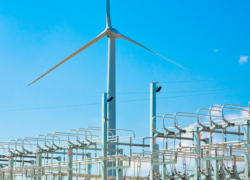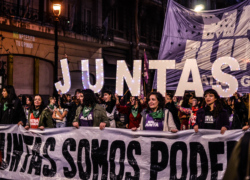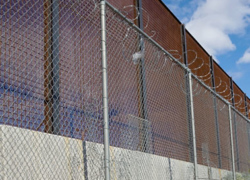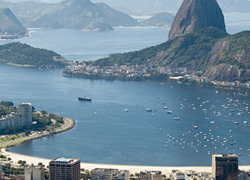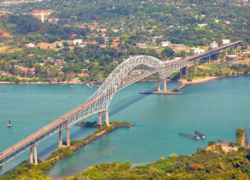Hemispheric Challenges – Latin America in an Era of Uncertainty
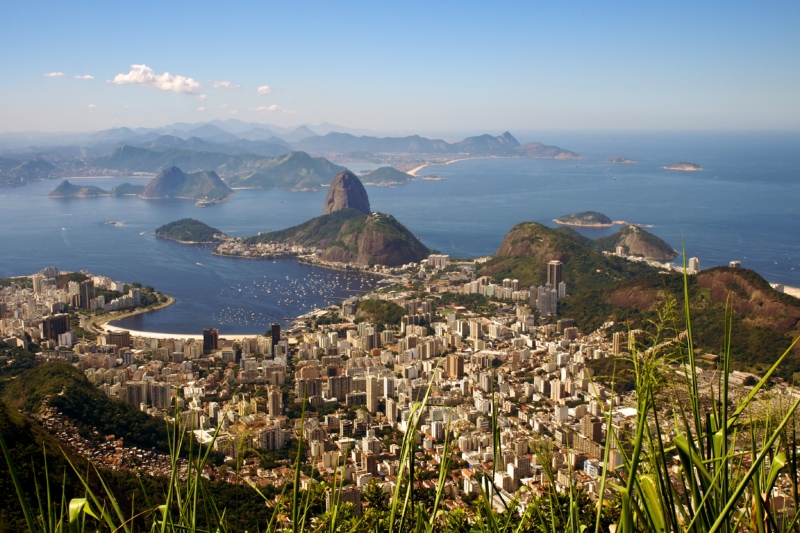 Nico Kaiser / Flickr / CC-by-2.0
Nico Kaiser / Flickr / CC-by-2.0
After more than a decade of sustained and impressive growth of more than 4 percent a year, coupled with significant social progress, Latin American and Caribbean countries have entered a difficult period that is likely to be characterized by economic stagnation and political turbulence.
To be sure, national circumstances vary widely in a region that has become increasingly heterogeneous, but most countries are facing common challenges. These include: economic slowdown, shrinking fiscal space, and heightened demands and expectations of new “middle classes,” many of them largely distrustful of traditional political institutions.
The outlook of the global economy is uncertain and unsettled, especially exemplified by China, now an important trading partner for the region, especially for South American countries. The sharp decline in commodity prices has hit a number of economies very hard. At the same time—and linked to the economic contraction—citizens are mobilizing against corruption and mismanagement throughout Latin America. Besides political contestation, governance challenges include the persistence of violence and organized crime—particularly drug-trafficking, but also other illicit activities—as well as the weakness of institutions and rule of law, in some countries.
Meanwhile, efforts to achieve higher levels of regional integration, coupled with relations between the United States and Latin America, are in a state of flux. Latin American countries are quite divided among themselves, pursuing different policies and embracing varied governance models. And although U.S. influence in the region—and particularly in South America—has diminished in recent years, the decision in December 2014 by U.S. President Barack Obama and Cuba’s President Raúl Castro to end over half a century of estrangement and hostility could provide a better foundation for deeper and more meaningful hemispheric cooperation moving forward.



